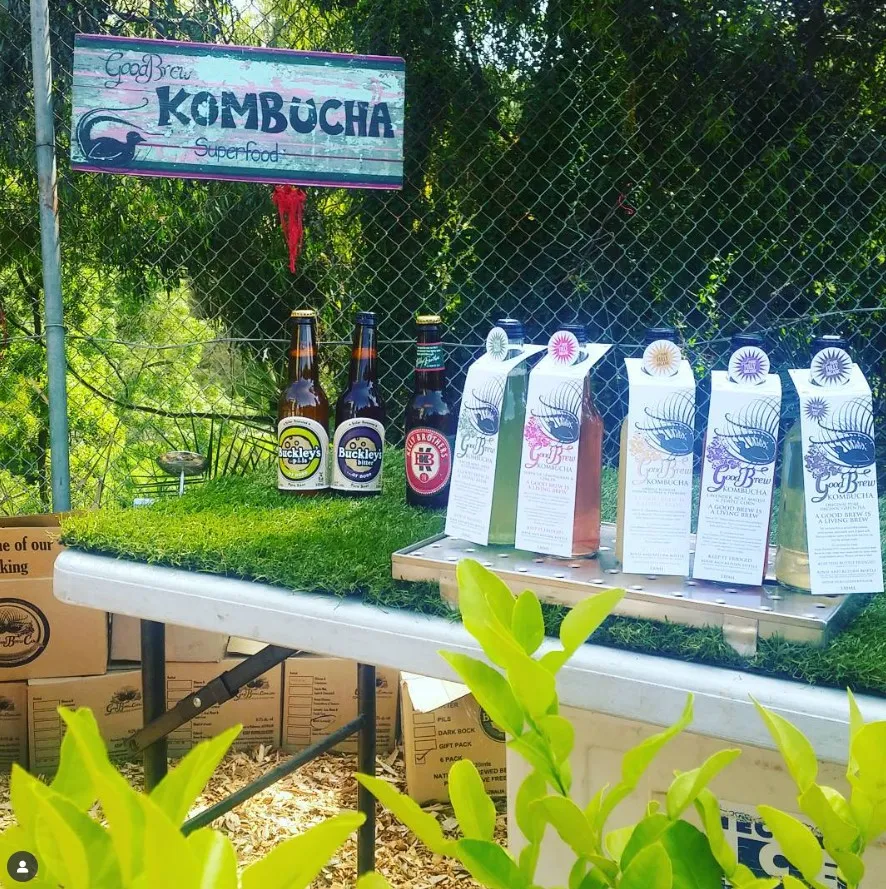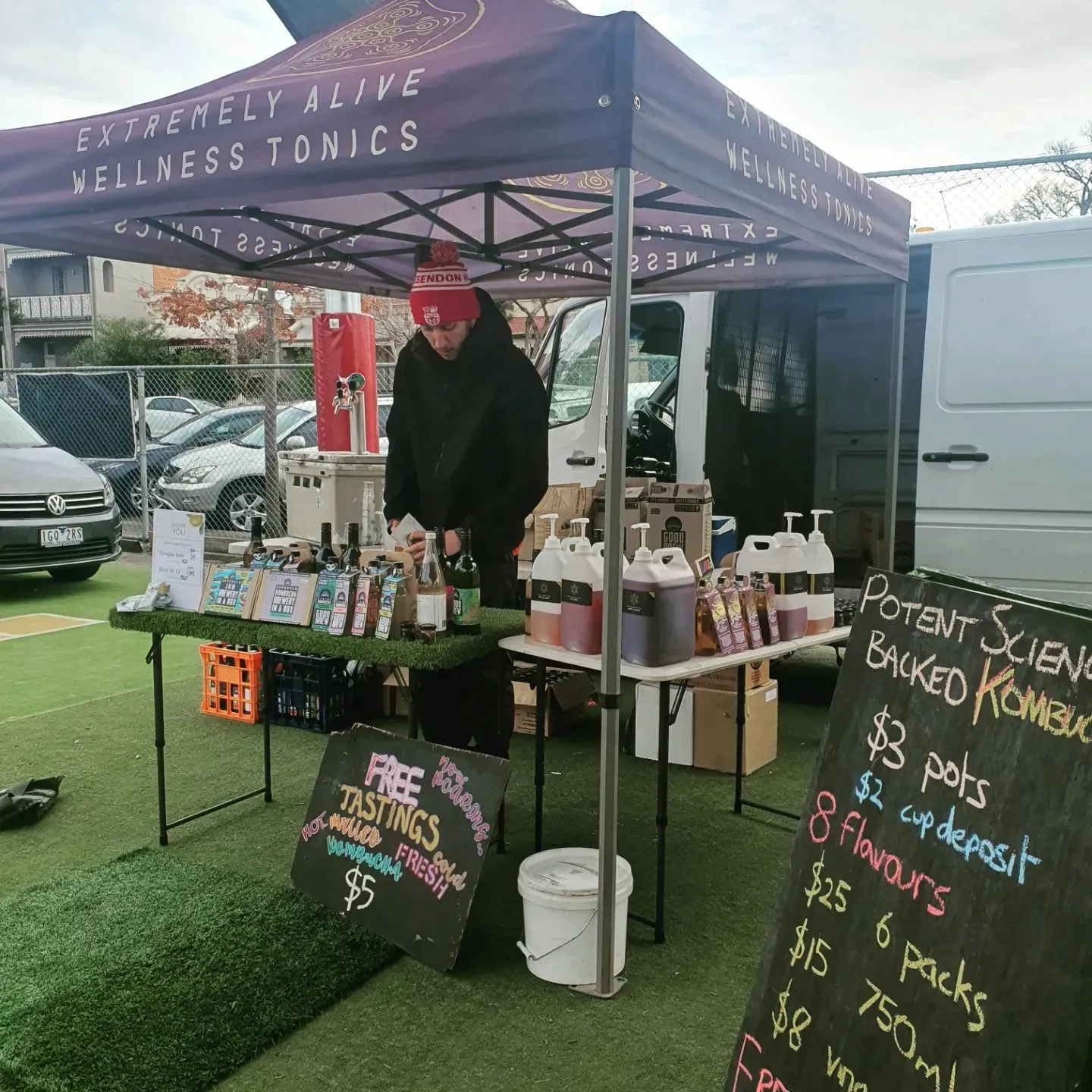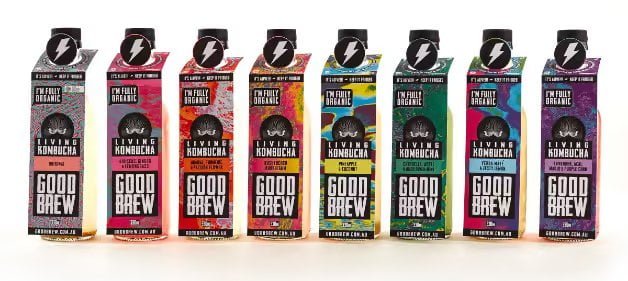
From native botanicals to bold fruit blends, brewers are moving beyond the old-school tang and crafting something far more dynamic.
If you’ve ever wondered why one bottle tastes like soft drink and another like sour beer, you’re not imagining it, kombucha flavours have come a long way.
Whether you’re a kombucha veteran or just starting your gut health journey, here’s why today’s kombucha drink tastes nothing like the one you tried five years ago.
How Kombucha Flavours Have Evolved
At its core, kombucha is fermented tea — but what happens after fermentation is where creativity kicks in. The shift from sharp, acetic brews to more flavour-balanced, nuanced creations has made kombucha more appealing to a wider audience.
What’s driving this shift?

From Vinegar to Vibrant: Types of Kombucha Flavours Today
To help you navigate the new kombucha landscape, here’s a breakdown of flavour styles:
| Flavour Profile | What It Tastes Like | Examples from Good Brew |
|---|---|---|
| Sharp & Tangy | Vinegary, acidic, puckering | Classic Raw (unflavoured), Lemon Myrtle Kombucha |
| Citrus & Botanical | Fresh, zingy, with earthy herbal undertones | Finger Lime & Lemon Myrtle, Kaffir Lime |
| Fruity & Balanced | Sweet-acidic balance with natural juice or infusions | Blueberry Hibiscus, Raspberry Basil |
| Warming & Spiced | Subtle heat or depth using spice blends or roots | Ginger Turmeric, Chilli Ginger |
| Unusual & Experimental | Coffee, hops, cacao, or native shrubs | Coffee Kombucha (seasonal), Wattleseed & Blood Lime |
Want to explore these styles? Browse the full Good Brew range — every batch is brewed traditionally, unfiltered and raw.
Why Kombucha Tastes So Different Between Brands
Several factors influence kombucha flavour, beyond just ingredients:
1. Fermentation Time
Longer fermentation = more acids, drier taste.
Shorter fermentation = sweeter, softer profile.
2. Tea Base
Black tea brings boldness, green tea adds grassy notes, herbal blends provide floral or citrus layers.
3. Filtration & Pasteurisation
Filtered or pasteurised kombucha often tastes cleaner but less complex — sometimes bordering on soft drink.
At Good Brew, we don’t filter or pasteurise — every flavour comes from natural fermentation and carefully selected whole ingredients. That’s why our Coffee Kombucha still tastes like coffee and our Blueberry Hibiscus has depth, not just sweetness.
Why Flavour Matters in Real Kombucha
Flavour isn’t just about enjoyment — it’s also a marker of authenticity.
Curious how to spot the real deal? Check out 5 signs your kombucha might be dead.

Finding the Best Kombucha in Australia for Your Taste
There’s no one-size-fits-all. Here’s a quick cheat sheet:
| You Like | Try This Kombucha Style |
|---|---|
| Sparkling water | Finger Lime, Lemon Myrtle, Dry Ferments |
| Soda or sweet iced tea | Raspberry, Watermelon, Short-Ferment Blends |
| Coffee or dark beer | Coffee Kombucha, Spiced Kombucha, Longer Ferments |
| Wine or craft cocktails | Botanical Blends, Kombucha with floral or tart notes |
Want to try more than one style? Get kombucha delivered direct and find your flavour rhythm.
FAQs: Kombucha Flavours and Taste
Your Title Goes Here
Your content goes here. Edit or remove this text inline or in the module Content settings. You can also style every aspect of this content in the module Design settings and even apply custom CSS to this text in the module Advanced settings.
Why does my kombucha taste different each time I buy it?
What’s the best kombucha flavour for beginners?
Does flavoured kombucha still have health benefits?
Is cloudy kombucha a bad sign?
Not at all. Cloudiness often indicates the presence of live yeast or SCOBY sediment — a good thing for gut health and flavour complexity.
Taste the Shift — Kombucha That’s Actually Alive
Real kombucha should challenge and delight your taste buds — not taste like soft drink in disguise.
At Good Brew, we’re redefining what kombucha can be.
Explore our fruit-forward, spiced, and experimental brews — all crafted with care, fermented slowly, and alive with character.
Shop the best kombucha in Australia and discover flavours that go beyond the bottle.

 54 Hope St, Brunswick VIC 3056
54 Hope St, Brunswick VIC 3056
